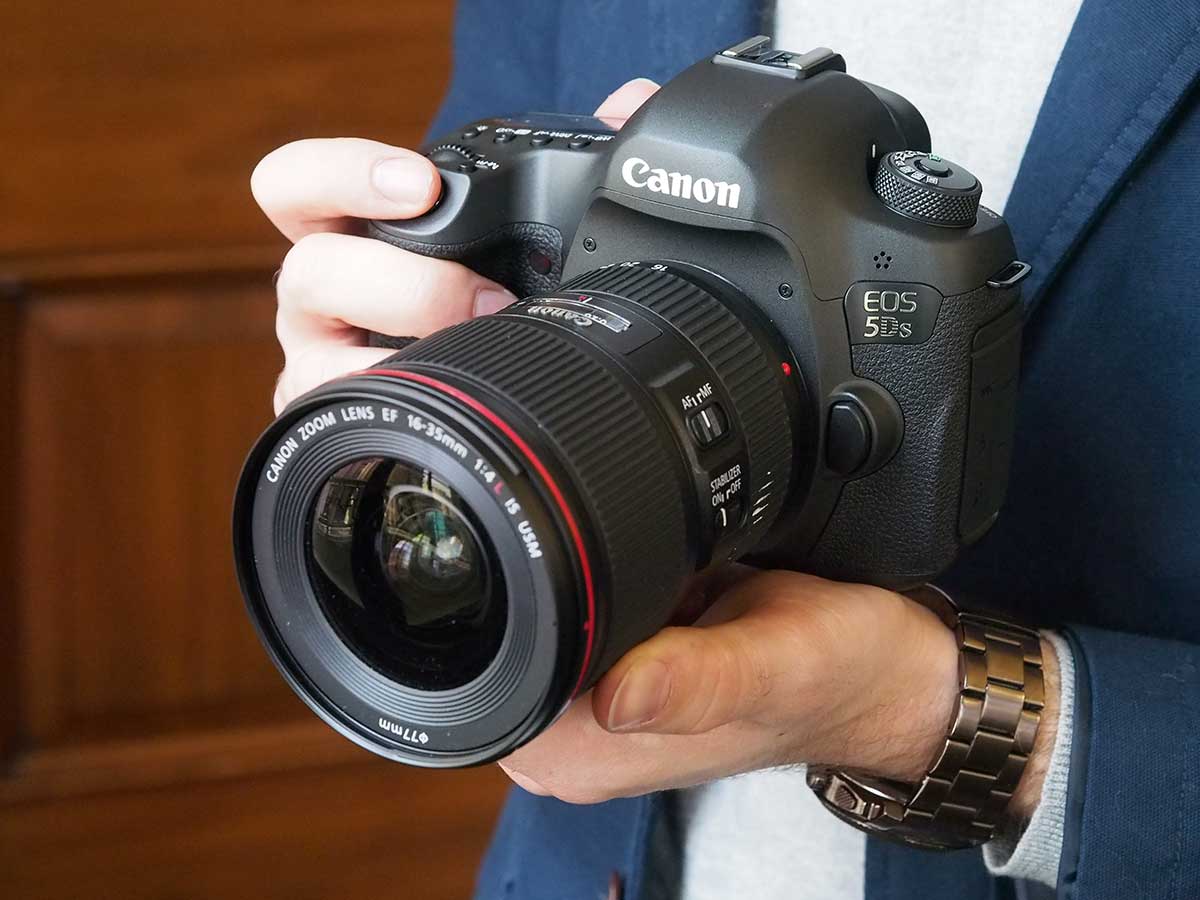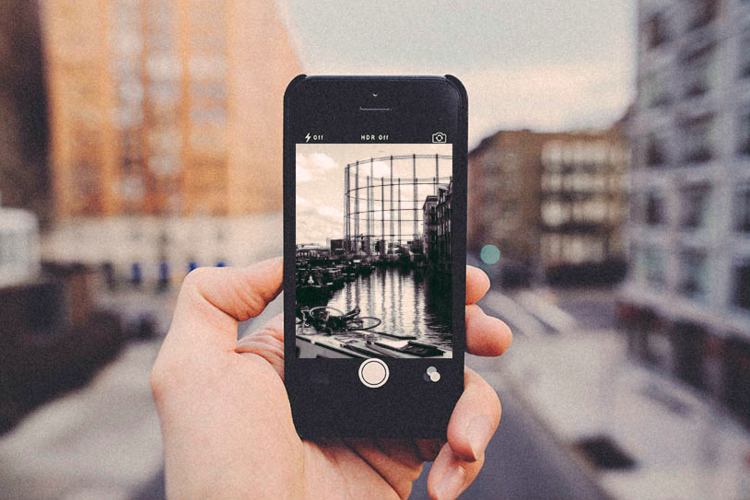When digital single-lens reflex, or DSLR, cameras were first launched, they were quite popular with consumers. In 2010, there were eight times more DSLRs than mirrorless cameras on the market, and both professional photographers and hobbyists alike loved the camera for its ability to quickly take crystal clear and beautiful photos. Now, statistics are showing how the DSLR market is drastically dropping, to the point where some are wondering if this style of camera is actually becoming obsolete.
The Numbers 2016 was a pretty dismal year for the DSLR camera, with an 81 percent drop of sales when compared to 2010. According to an infographic released by LensVid, the amount of total cameras manufactured dropped from 121 million in 2010 to 23 million in 2016. Research also found a 12 percent dip in shipped lenses, and between 2013 and 2016 there was a 17 percent drop in the number of DSLR cameras that were produced. Why is this happening?
Clearly, the numbers show a significant drop in the camera market as a whole, including the DSLR models. As for why this is the case, there are a number of interesting theories.
Smartphones Offer Incredible Cameras
While DSLR camera sales are diminishing, smartphone sales are picking up speed as they are equipped with increasingly amazing cameras. For example, smartphones that feature Qualcomm Snapdragon mobile processors and the 14-bit Qualcomm Spectra ISP Image Signal Processor can now capture 28 megapixel shots with zero shutter lag.
While professional photographers may still want a fancier camera with plenty of gear, most “every day” photographers who are looking to capture shots of their baby’s first birthday, selfies and photos of gorgeous scenery from their vacations are probably content with the easy-to-use and carry camera that is part of their smartphone; a great example is the camera built into the recently released Samsung Galaxy Note 8.
Stagnation in the Camera Market
Serious photographers typically invest a great deal of money in their camera systems; this includes buying a number of lenses, tripods and other accessories that work with the camera. Camera companies are struggling to innovate new and better systems, which means shoppers have no reason to upgrade and buy new products.
The Younger Generation of Shoppers Likes Smartphones
If you take a look around you in public places where people are happily snapping photos, those who are using a DSLR camera are probably older than the teens and young adults. The younger crowd grew up taking all of their photos with their smartphones, and so unless they are interested in becoming a professional photographer, it probably doesn’t occur to them to purchase a fancy DSLR camera such as the Canon EOS 5DS.
As time goes on, it will be interesting to see what will happen to the DSLR camera market. While the statistics show that consumers are not as interested in spending a large amount of money on a fancy camera when they have a hand-held computer in their pocket that can do pretty much the same thing, it is possible that they may bounce back.
For example, look at the resurrection of vinyl records, which were once going the way of the DSLR camera. If albums can make a comeback, it is possible that cameras will too — we will have to wait and see.












Leave a Reply